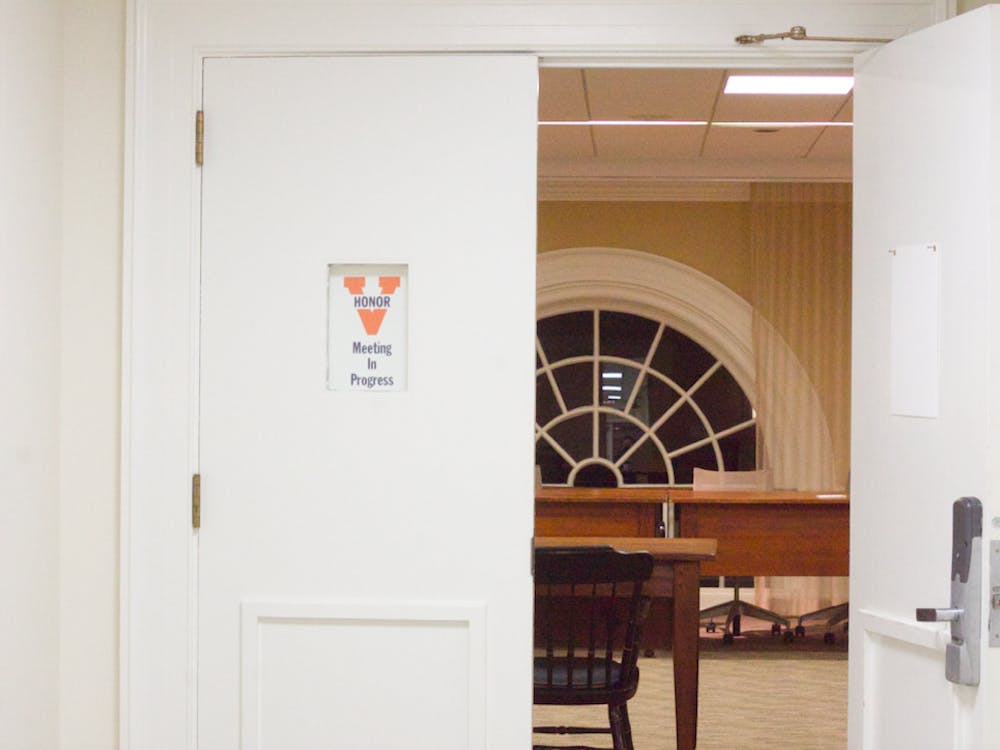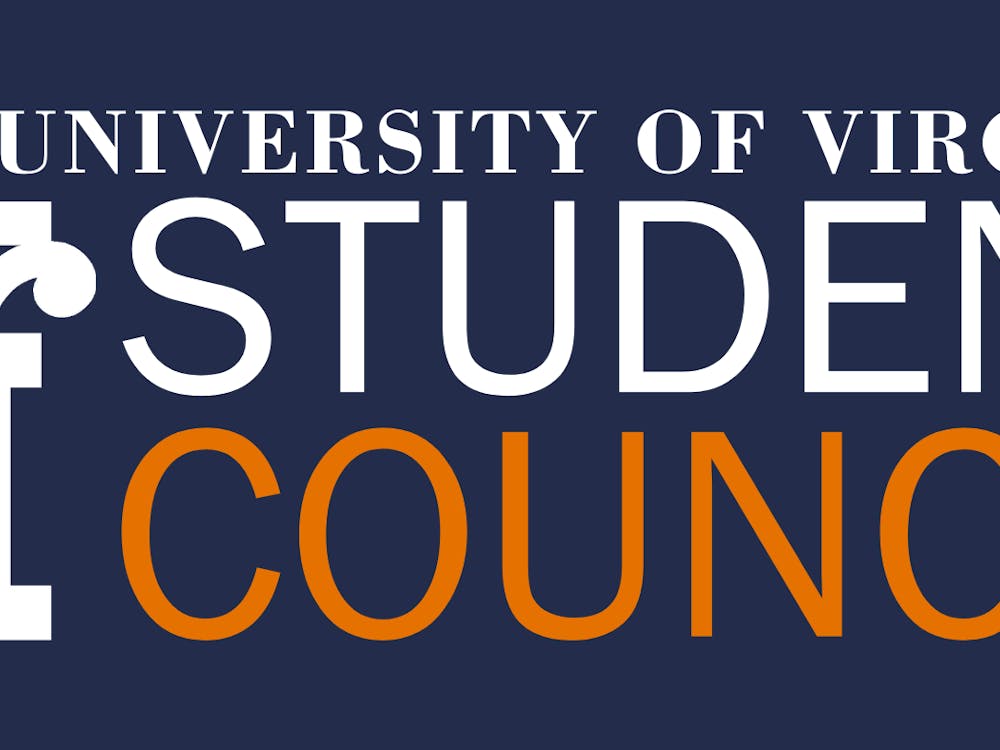With the end of syllabus week, most students have already spent several hundred dollars on bulky textbooks for their new classes. Coupled with the cost of tuition, living accommodation fees and food expenses, the often exorbitant prices associated with textbooks seem like the final straws that break the camel’s back. In a technologically savvy age, it’s time that we bring open sourcing to textbooks so that everyone can have access to course materials and can channel their fiscal resources to more immediate needs.
According to recent research, the average textbook cost has risen 1,041 percent since 1977. With the average college student in the United States spending as much as $1,200 on textbooks throughout their college career, textbook companies must be stopped or, at least, significantly hindered from continuing such a trend. However, NBC believes that the trend will continue — especially since universities and schools require students to purchase textbooks. With high demand, companies which manufacture textbooks have no incentive to cut costs or provide subsidies. Instead, they are driven to increase the price tag since students are “captive consumers,” in that they are essentially required to purchase all textbooks mandated by the instructor.
For some students, the soaring costs of textbooks mean employing a frugal approach to deciding which classes they should take each semester. What results is a limit as to which classes financially-strained students can take — a phenomenon that is not right and desperately needs to be amended. However, even if students are not deterred from enrolling in the class, studies demonstrate that more and more students are simply opting not to purchase the textbook and instead search for an online version of the required textbook. While the latter option does not explicitly seem deleterious, online textbooks may not always be the correct version nor accurate representations of their physical counterpart.
According to multiple students and parents, open source textbooks could be the solution to the rising costs of physical textbooks as well as to the “barriers of entry” that these costs impose. Open source was originally intended for software developers to make coding sets visible and amenable by anyone with a computer and an internet connection. In this way, any software developer from any part of the world could work on the same set of code. This dramatically revolutionized the way burgeoning software developers could learn from and contribute to the trade.
Applying the concept of open source to textbooks would solve most problems associated with high textbook costs. Open source textbooks are created under an open license, meaning they can be acquired electronically and are much more available to students with a budget. Because many instructors already base the sequence of their course around the required textbook, the introduction and mainstream utilization of open source textbooks would cause little to no inconvenience to professors.
Openstax, a non-profit that produces peer-reviewed and reputable online textbooks, claims to have saved over 700,000 students $66 million with open source textbooks. Furthermore, college students could save an average of $128 per course with open source books. And yet, OpenStax and other similar organizations seem to suffer fiscally, especially when tasked with new initiatives to bring more open source textbooks to more students throughout the globe.
It is time for policymakers and academia to help catalyze open source textbook growth as well as assuage the fiscal difficulties that non-profits like OpenStax deal with. With such support, all students can find solace in the acquisition of knowledge rather than becoming consumed with anxiety about whether or not they can afford their insurmountably expensive textbooks.
Sean Sequeira is an Opinion columnist for the Cavalier Daily. He can be reached at s.sequeira@cavalierdaily.com





